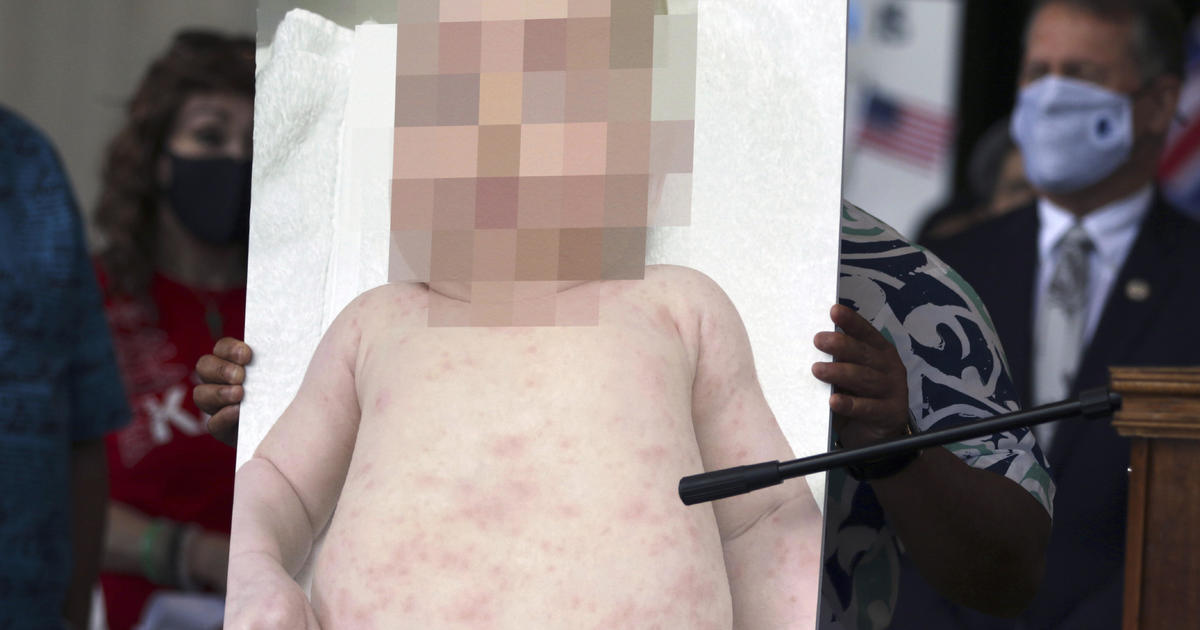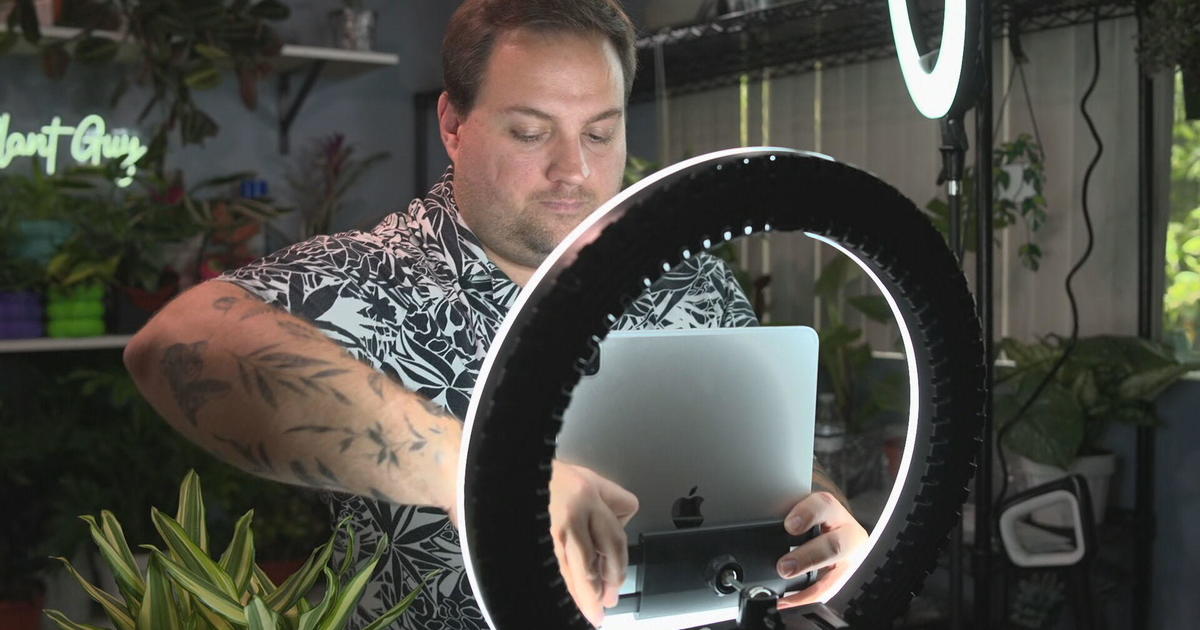Bottled water contains up to 100 times more plastic than previously estimated, new study says
Bottled water contains up to 100 times more tiny pieces of plastic than was previously estimated, scientists said.
The average liter of bottled water contains around 240,000 detectable plastic fragments, researchers wrote in a study published Monday in the journal Proceedings of the National Academy of Sciences. They were able to find microscopic bits of plastic, called nanoplastics, by probing samples with lasers that were tuned to make specific molecules resonate.
How much plastic is in bottled water?
Scientists have known for years that there's plastic in water. A 2018 study detected an average of around 300 particles of plastic per liter of water.
At the time, they were measuring microplastics — small plastic pieces less than 5 millimeters long.
In the latest study, researchers examined nanoplastics, which are particles less than 1 micrometer. For reference, the diameter of a human hair is about 70 micrometers.
With the new capacities to study nanoplastics, scientists found that the amount of plastic fragments in bottled water is about 10 to 100 times more than was previously discovered.
How did the scientists find the plastic?
Researchers at Columbia University and Rutgers University tested three popular brands of bottled water sold in the U.S. They did not specify the brands tested in the study.
Study co-author Wei Min, a biophysicist at Columbia, was one of the inventors of the laser method used to test the samples. Researchers probed the samples for seven common types of plastics before using a data-driven algorithm to interpret the results.
"It is one thing to detect, but another to know what you are detecting," Min said in a press release.
The researchers found 110,000 to 370,000 particles in each liter, according to the study. About 90% of the particles were nanoplastics, while the rest were microplastics.
In response to the study, the International Bottled Water Association noted that there "currently is both a lack of standardized (measuring) methods and no scientific consensus on the potential health impacts of nano- and microplastic particles. Therefore, media reports about these particles in drinking water do nothing more than unnecessarily scare consumers."
What does this mean for your health?
People are exposed to microplastics when they breathe, drink and eat, according to health officials. The human body naturally flushes most microplastics, but some extremely small particles can remain in our systems.
The study's researchers said that "nanoplastics are believed to be more toxic since their smaller size renders them much more amenable, compared to microplastics, to enter the human body."
Researchers are unsure just how dangerous microscopic pieces of plastics are for people. The World Health Organization in 2019 said that the potential hazards associated with microplastics come in three forms: from the particles themselves, chemicals that make them up and "microorganisms that may attach and colonize on microplastics, known as biofilms."
At the time, WHO technical officer Jennifer de France said the organization was not alarmed.
"With the data that we have, we can say that we believe the risk to be low, but at the same time, we can't rule out conclusively that there might never be a risk in the future," de France said in 2019.
Beizhan Yan, an environmental chemist at Columbia University, recently told CBS News he believes there is cause for concern.
"When they are getting into the nano size, they can potentially get into the blood and then they can be transported to the vital organs."
Rutgers University's Phoebe Stapleton said the particles then could "actually bypass the cells" of the gastrointestinal system.
Bottled water products in the U.S. are regulated by the Food and Drug Administration. In general, the FDA does not comment on specific studies. A spokesperson explained that when studies come out, the FDA "evaluates them as part of the body of evidence to further our understanding about a particular issue and assist in our mission to protect public health."
The agency said it is reviewing the findings of the nanoplastic study.
Current regulations require the water to go through filters that remove particles larger than one micron— .00004 inches —in size.
"From source to finished product, a multi-barrier approach helps prevent possible harmful contamination to the finished product as well as storage, production, and transportation equipment," the International Bottled Water Association said in a statement. "Many of the steps in a multi-barrier system are effective in safeguarding bottled water from microbiological and other contamination."
The association also noted there is "no scientific consensus on potential health impacts."
— David Schechter contributed reporting.



